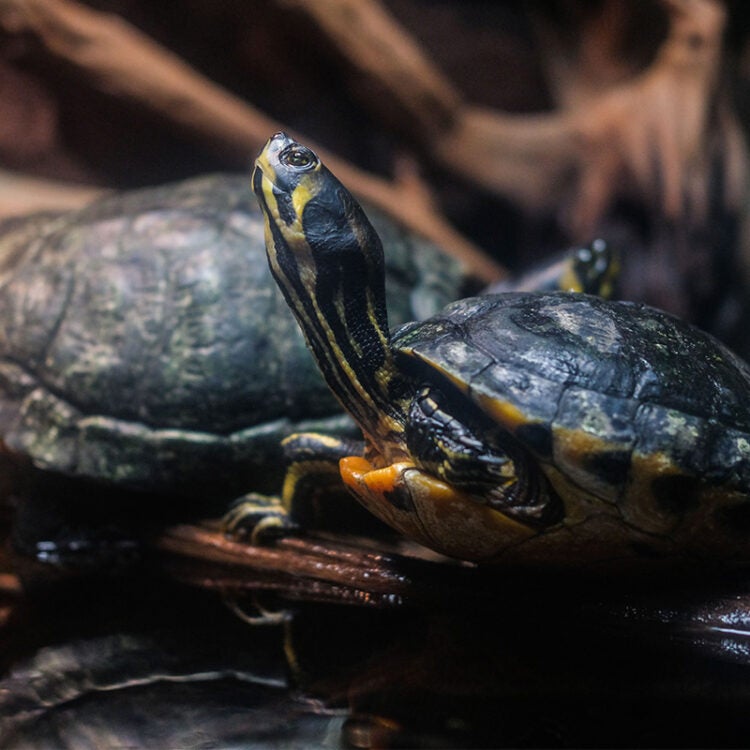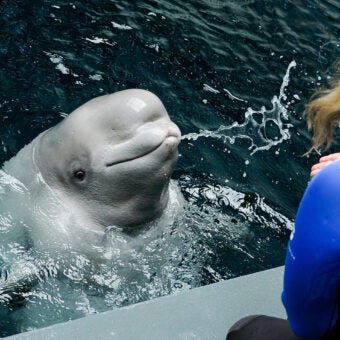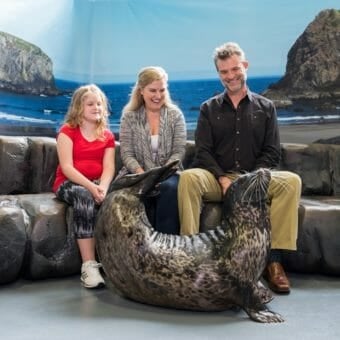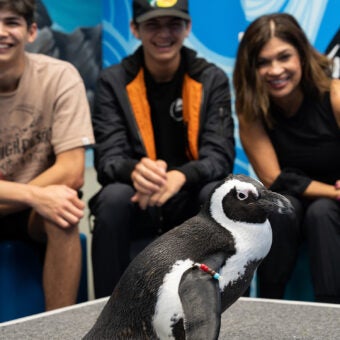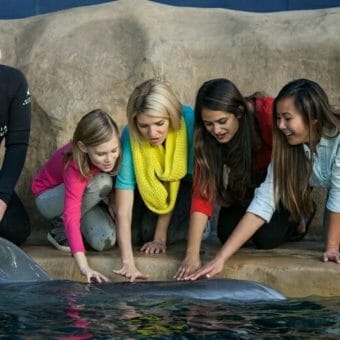-
Size
9-12 inches (23-30.5 cm) -
Diet
Omnivorous -
Range
North America -
Habitat
Streams and rivers with clear water and substantial vegetation
Physical Characteristics
- River cooters are identifiable by a C-shaped figure on the second costal scute of its carapace, or shell.
- Concentric circles appear on the carapace in addition to the typical C-shaped figure.
- The eyes are joined by five light stripes.
- The marginal scutes of the turtle are characterized by O-shaped spots.
- The lower jaw of a cooter is flat.
- The carapace is commonly 9-12 inches (23-30.5 cm) long with a maximum size of 12.75 inches (32.4 cm).
Animal Fact
The eastern river cooter faces population declines due to river pollution.
Diet / Feeding
- This species is omnivorous, but aquatic vegetation is a primary food source.
Range / Habitat
- Occurs in North America from east Virginia to east Georgia. There are isolated colonies in West Virginia, Kentucky and Tennessee.
- Found in streams and rivers with clear water and substantial vegetation, along with springs, lakes, swamps and ponds in the Piedmont and Coastal Plains.
Reproduction & Growth
- Hatchling carapace ranges in length from 1.4-1.6 inches (3.5-4.1 cm).
- Female produces 1-6 clutches of 4-30 eggs per year.
- Incubation of the eggs takes 70-96 days.
- Hybridization between similar species is common in shared ranges.
Conservation Status
- “Least Concern” on the IUCN Red List.
- Faces population declines due to river pollution.
Additional Information
- Subspecies include Suwanee and hieroglyphic river cooters.
- The subspecies share large sections of the overall species’ range, so individuals in those areas can have highly variable physical characteristics.
Sources
- Conant, Roger and Joseph T. Collins. A Field Guide to Reptiles & Amphibians: Eastern/Central North America. Pgs. 174-178.

